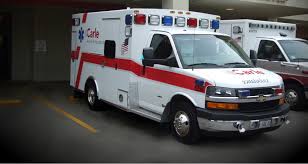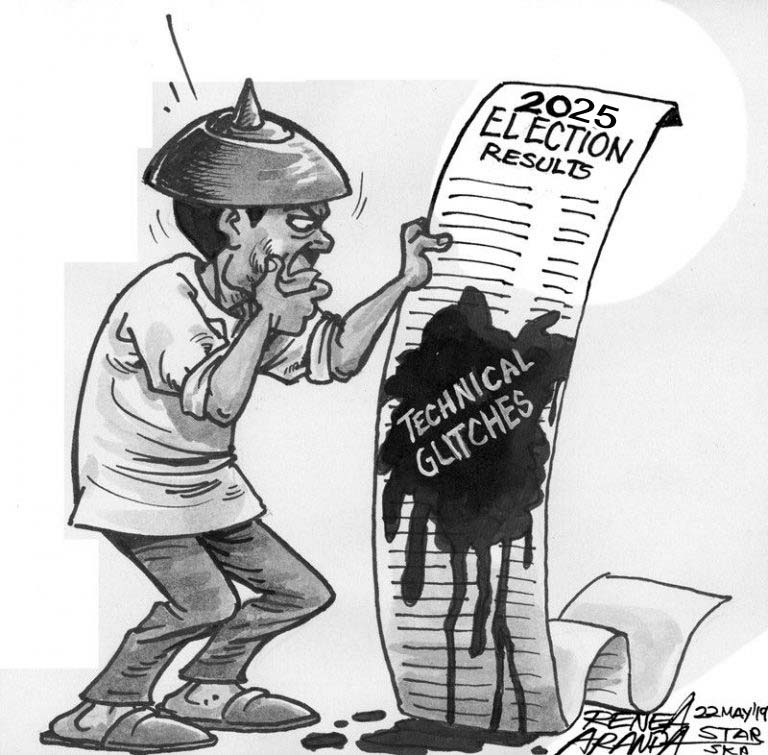Sheilla Cajayon Ysug-Lee
The Critical Role of Health and Medical Teams in Assessing Emergency Situations.
As healthcare professionals, it is essential to understand when a situation constitutes an emergency, requiring immediate attention and intervention. The ability to quickly and accurately assess a situation and determine the level of urgency is critical in providing timely and effective care. In this editorial, we will explore the considerations that healthcare teams must take into account when evaluating an emergency situation.
The Importance of Prompt Recognition
Prompt recognition of an emergency situation is crucial in preventing further harm or even death. Healthcare teams must be vigilant and proactive in identifying potential emergencies, such as cardiac arrests, severe injuries, or acute illnesses. The first few minutes of an emergency are often the most critical, and timely intervention can significantly impact patient outcomes. For example, in cases of cardiac arrest, the American Heart Association recommends that CPR be initiated within 4-6 minutes of the arrest to maximize the chances of survival.
Assessing the Severity of the Situation
When evaluating an emergency situation, healthcare teams must consider the severity of the patient’s condition. This includes assessing vital signs, such as heart rate, blood pressure, and oxygen saturation, as well as evaluating the patient’s level of consciousness, airway patency, and breathing status. The use of standardized assessment tools, such as the Emergency Severity Index (ESI), can help healthcare teams quickly and accurately determine the level of urgency and prioritize care accordingly.
Considering the Patient’s Medical History
A patient’s medical history is also an essential factor to consider when assessing an emergency situation. Pre-existing medical conditions, such as diabetes, heart disease, or respiratory disease, can significantly impact the patient’s response to an emergency and influence the treatment approach. For instance, a patient with a history of heart disease may require more aggressive management of their cardiac condition during an emergency.
The Role of Communication and Collaboration
Effective communication and collaboration among healthcare team members are critical in emergency situations. Clear and concise communication ensures that all team members are aware of the patient’s condition, treatment plan, and any changes in their status. Collaboration among team members, including physicians, nurses, and other healthcare professionals, is also essential in providing comprehensive and coordinated care.
The Importance of Protocol and Policy
Established protocols and policies are essential in guiding healthcare teams in emergency situations. These protocols and policies provide a framework for assessment, treatment, and management of emergency situations, ensuring that care is consistent and evidence-based. Regular review and update of these protocols and policies are necessary to ensure that they remain relevant and effective.
Conclusion
In conclusion, assessing an emergency situation requires a comprehensive and multidisciplinary approach. Healthcare teams must be vigilant and proactive in identifying potential emergencies, assessing the severity of the situation, considering the patient’s medical history, and communicating effectively among team members. By following established protocols and policies, healthcare teams can provide timely and effective care, improving patient outcomes and saving lives. As healthcare professionals, it is our responsibility to stay up-to-date with the latest guidelines and best practices, ensuring that we are equipped to respond to emergency situations with confidence and competence.
Recommendations
To improve the assessment and management of emergency situations, we recommend the following:
- Regular training and education: Healthcare teams should participate in regular training and education sessions to stay up-to-date with the latest guidelines and best practices.
- Standardized assessment tools: The use of standardized assessment tools, such as the ESI, should be encouraged to ensure consistent and accurate assessment of emergency situations.
- Interdisciplinary collaboration: Healthcare teams should prioritize interdisciplinary collaboration to ensure comprehensive and coordinated care.
- Established protocols and policies: Healthcare institutions should establish and regularly review protocols and policies to guide emergency care.
By following these recommendations, healthcare teams can improve their ability to assess and manage emergency situations, ultimately improving patient outcomes and saving lives.
Regretfully, it is observed as common practice in most hospitals/ health care institutions private or government agencies, always they look at the physical appearance of patients and judge their financial capabilities which should never be the basis of any healthcare provider or practitioner to consider any situation a life and death or emergency status of patients,















